Blue SuperBraid
Western Striper Success!!! -by Manuel Saldana Jr.
The Striper fishing out in the west coast is on FIRE!!!! Want to increase your chances at have a day on the water that will make memories for a lifetime, here is some helpful tips on what I prefer to do and the set up I rely on!
My rod and reel choices are the following:
Rod is a 7’6″ heavy in power with a fast action tip.
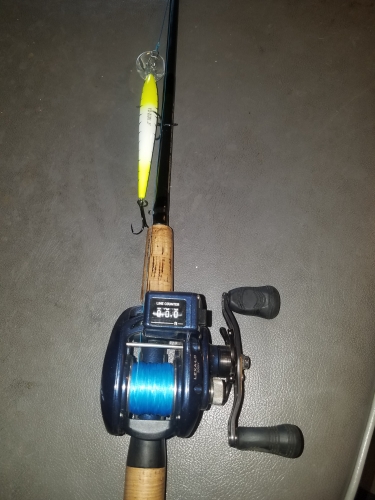
The reel is a 300 size conventional reel with a line counter. Line counters are a must because this helps us out as a guide to know how far everyone’s line or lures are.I prefer to spool it up with 30lb Yo-Zuri SuperBraid in the Blue color pattern.
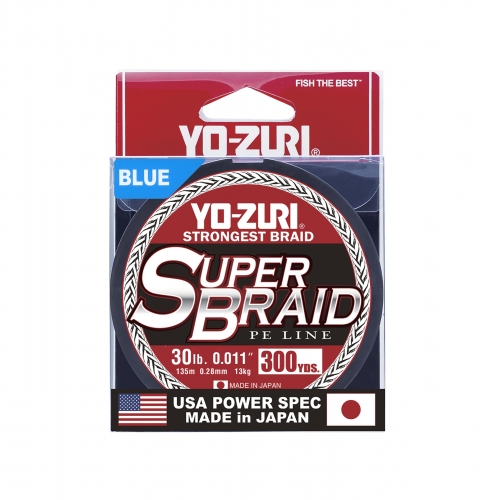
Weather conditions that are most favorable are Mid-March thru early summer, but this year throughout April and May the weather was normal morning temp 45 degrees and a high temp of 74 degrees throughout the day but the main issue we have faced is the water temperatures of 50 to 52 degrees. Our normal water temperatures are 55 degrees in mid-March and approximately 60 degrees in mid-April. It took a while to figure it out, we had Spring weather temperatures but winter water temperatures due to all the snowpack in the Sierra’s.
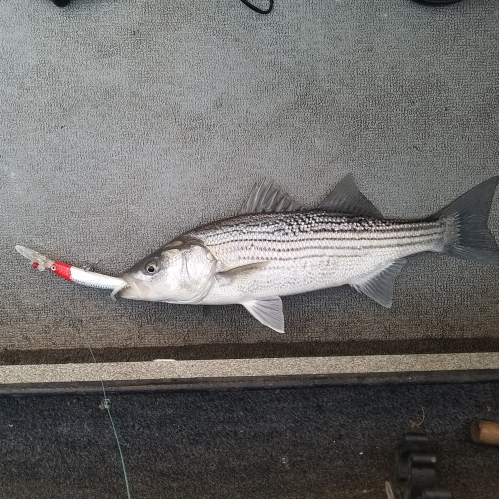
Most effective techniques were drifting upstream with deep diving floating Yo-Zuri Crystal 3D Minnow lures or the Yo-Zuri Crystal Minnow Deep Diver Walleye series lure. I recommend trolling upstream at 3 to 4 MPH. Trolling at higher speeds make these stripers react to our lures, and with the colder water temps you had to get the lures right in their face because they were lethargic.
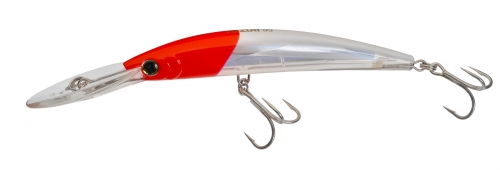
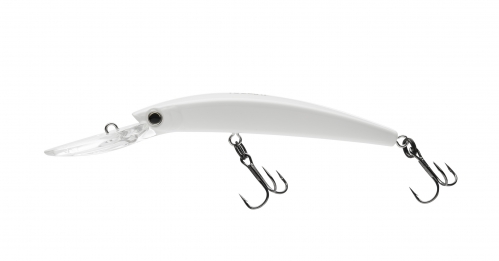
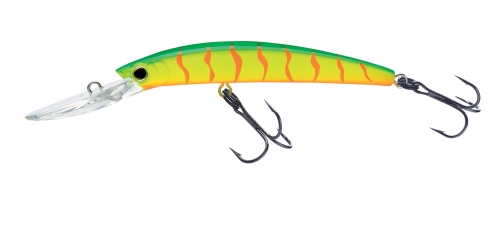
Hot baits were the standard deep diving floating Yo-Zuri Crystal 3D Minnow in Redhead/White body. This lure, for many years, has been the ‘go-to’ it comes to catching stripers. In the freshwater Deep Diver Crystal Minnow Walleye series lures the solid white has been hot for us. The bite is so good that it is almost like the stripers have never seen this lure before and they flat out couldn’t resist it! I believe the very tight wiggle the Crystal Minnow action has in the water mimics most live bait in many bodies of water such as Shad, or Pike Minnow. Another hot suggestion is the Deep Diver Walleye Series in the Hot Tiger color.
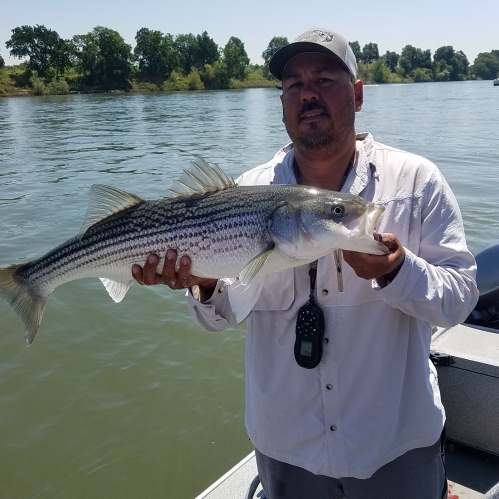
One tip I can pass on to anglers that will help them be successful is to remove the split ring that comes in the package tie a size 54 duo snap lock to your braid the attach it directly to the bait. This helps the lure run true, plus it makes easier to change out your lures as well. Also, make sure you add a trailer worm to your trailing center hook; it helps the lure get an even tighter wiggle.
Walleye Season 2019 is FINALLY Here!!! by Marc Tremblay
This week marks the start of the 2019 Walleye season up north and we checked in with Yo-Zuri Prostaff angler Marc Tremblay in how he attacks early season.
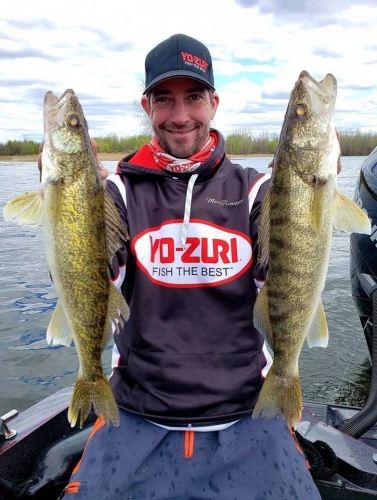
Primary Technique: Yo-Zuri Crystal Minnow Walleye DD
Marc always starts with when early season walleye fishing is trolling a Yo-Zuri Crystal Minnow Walleye Deep Diver in a shallow area (rock structure-weed line-edge of pool)

“I try to put the bait very close to the bottom. The fish are often relating to a rocky bottom because the the most heat will be held here. Typically if I am not hitting the bottom then I am not in good position to get bit”, says Marc.
The trolling speed in cold water is around 0.8 and 1.2mph, this allows the Crystal Minnow Walleye DD to have great action while not being too fast. The walleye are cold and lazy after the ice melt and may not seem as aggressive as they will be in a month.
Marc prefers a seven foot trolling rod medium heavy extra fast action. This rod also the bait to work the best action and is not too stiff whenever a walleye bites.
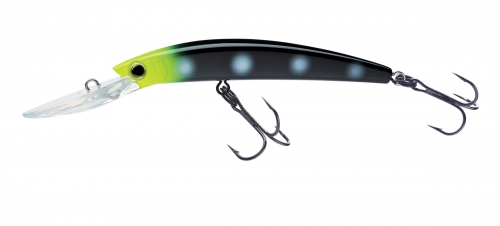
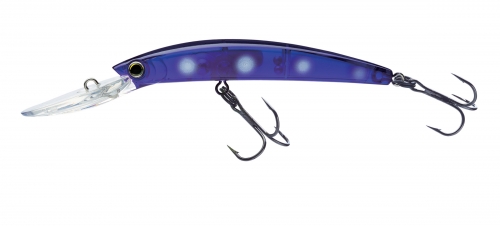
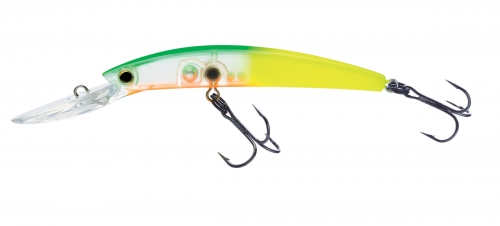
“I use Yo-Zuri SuperBraid 20 pound. I prefer the smaller diameter to help the lure to go to the bottom faster and less restriction. I also tie on a 6 foot Yo-Zuri TopKnot Mainline fluorocarbon leader. My method to the madness is simple: Dark color in cloudy water (Zombie, Midnight) and light color for a sunny day.”
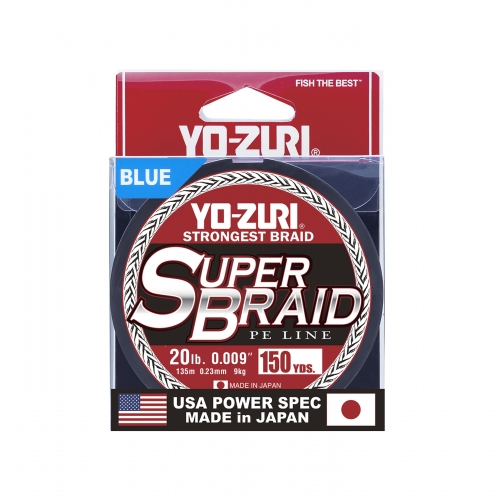

Secondary Technique: Jigging a Rattl’N Vibe
Marc mostly uses conventional jig equipment with a Yo-Zuri Vibe, preferably the 1/2oz size.
“I prefer this technique when fishing around a lot of current. The tight wobble and loud sound of the Vibe seems to really make a difference. I use a 6 foot heavy jigging rod with 10 pound SuperBraid mainline and 8 pound HD Carbon leader.”

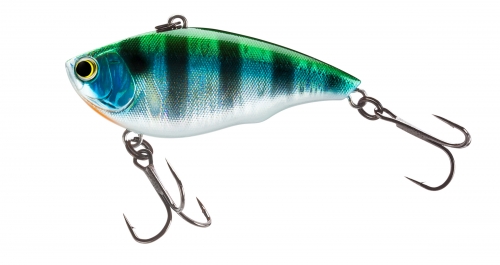
Marc says for the best action to use the bait without a clip and try to fish in areas where there is a discrepancy in the current. Finding a small calm current break can be the most successful. The walleye this time of year again are lazy and would rather find areas in current where the bait will naturally appear in their face without having to chase it down. This also means not being afraid to make multiple casts.
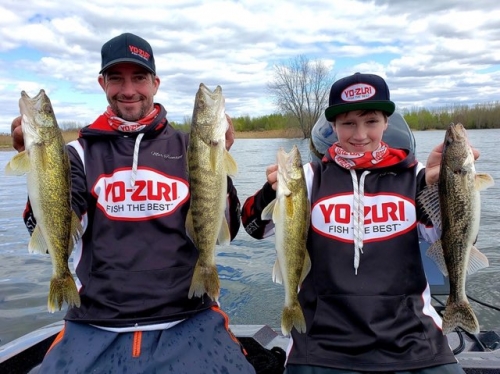
SHARKS ON THE BEACH!!!!!! –by Chris Bishop
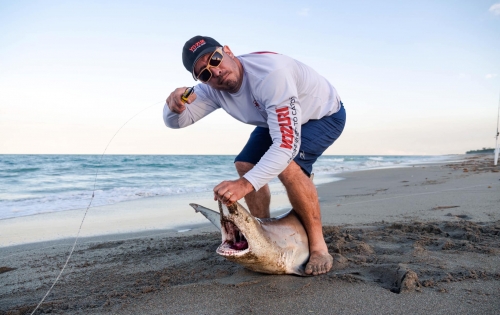
Fishing for sharks anyone? As crazy as this may sound; this is often one of my favorite species to target and the time to target them is now. Now, we are not talking about filming the next episode of JAWS, we are talking about fishing the surf and going after the Black Tips and Spinner Shark species.
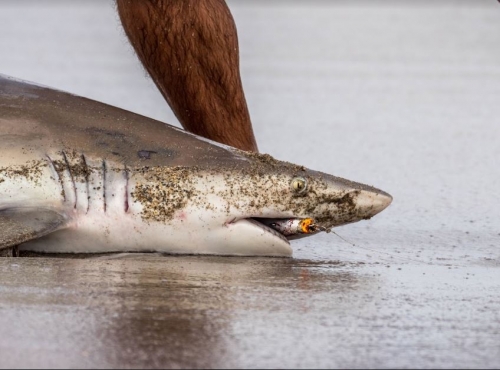
How do you locate sharks that are catchable? Well, remember sharks are predators like most other species of saltwater fish. Therefore, find the bait and you find the sharks. Common bait you want to look for is Bluefish, small Jack Crevalle, Pompano, and Spanish Mackerel. It is not hard to find them because you’ll see the Spinner Sharks jumping out of the water and also busting the top after schools of bait. Overcast weather conditions seem to be the most favored, however sometimes the weather does not make a difference, sharks are hungry no matter what time of day it is. Usually the migration period for the Black Tip Sharks and Spinner Sharks is January through March.
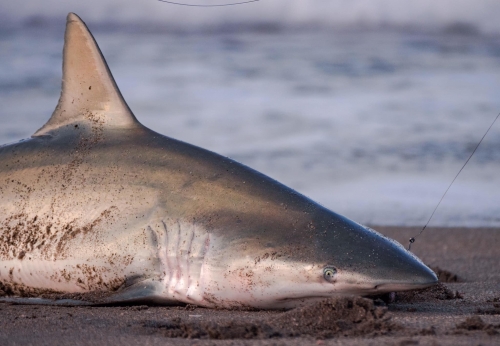
Topwater baits are the guaranteed best bait to throw for feeding sharks. Again, a topwater mimics a wounded bait fish and creates a large water displacement. The sharks will locate the lure based on sound and motion. For the best choice in topwaters; try using the Yo-Zuri Surface Cruiser or Hydro Popper. Common colors to consider are Red Head, Pearl Yellow Pink, Dorado, and Sardine. Also, another important aspect to think about is your rod and reel setup. I would recommend using a spinning reel that can carry up to 300 yards of 50lb Yo-Zuri SuperBraid. A 20-50lb spinning rod is a strong enough rod to fight the sharks and is long enough to increase casting distance from the beach. The most critical component of this operation is the leader. I use 100lb-130lb TopKnot Leader and you want to use a really long leader. There are two reasons for this: sharks will jump and spin wrapping themselves up in the line, sharks have sharp fins and tails that can cut the line if it is too small. Another tip is to replace the treble hooks with inline J hooks; this makes it easier for unhooking the sharks once you reel them to land.


Shark fishing is not something for the faint at heart, however can definitely be something to cross off the bucket list not many anglers get to try. If you’re vacationing in south Florida in the winter months and want to catch a bizarre species not many people attempt look into land-based shark fishing!!!
Late Winter Offshore Mahi Bite Picking Up!!! –Matt George
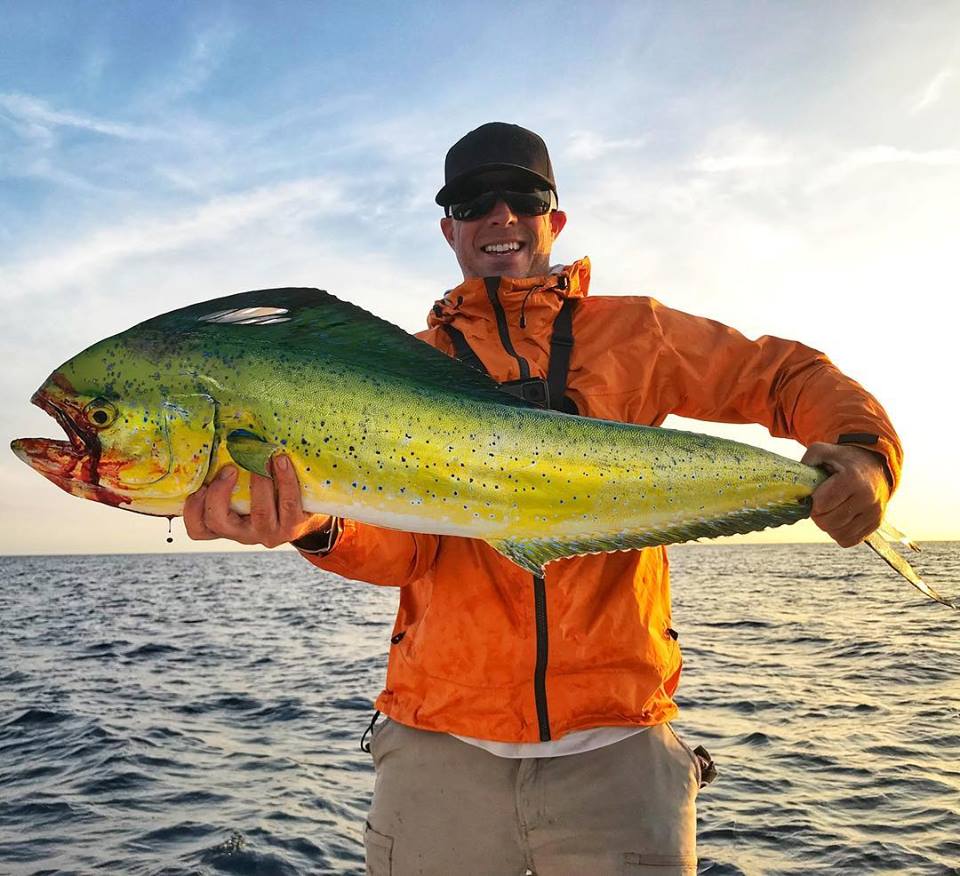 Matt George, one of the craziest but respected personalities to the Yo-Zuri family. Matt grew up in the northeast US, but has called Florida home for several years now. When not traveling for business all over the world, he spends his down time wisely fishing inshore and offshore.
Matt George, one of the craziest but respected personalities to the Yo-Zuri family. Matt grew up in the northeast US, but has called Florida home for several years now. When not traveling for business all over the world, he spends his down time wisely fishing inshore and offshore.
“To me, I don’t care what I am catching as long as I am on the water. But lately the offshore bite has been really picking up. Following a strong pattern lately is turning into more success on the water. Let the birds help you find the bait, let the bait be your GPS, and bring on the exhilarating fight that lies before you.”
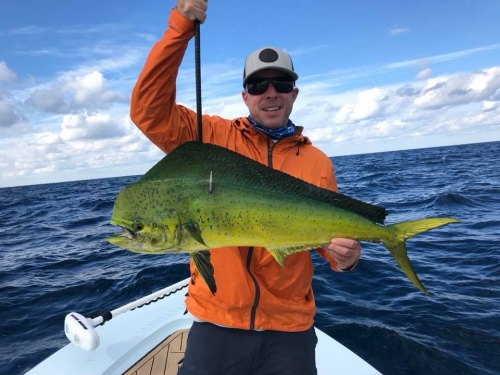
Recently, Matt is spending more time chasing the offshore bite as it is picking up. As winter is coming to a close in south Florida, the bait abundance is increasing and so is the bite.
“Right now I am hitting the water as early as possible and making a 8-12 mile run out. The key depth is anywhere between 100-200 feet. That may seem like a lot, but in your search for lurking Mahi it is easy to eliminate water quickly. Once you find that sweet spot, it is all easy pickings at that point.”
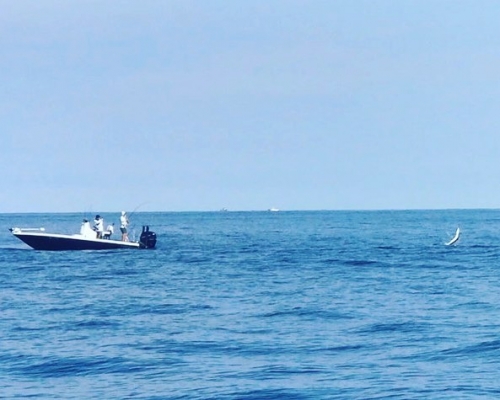
To duplicate what Matt is doing, you have to find the water that will most likely have bait, again Mahi have huge appetites and are predators. Once you find the bait you can find the fish. Along with the right amount of depth, Matt suggests looking for the temperature changes. This little subtlety could be key, but also the any irregularities in the water. Weed lines, cleaner water, dirties water, whatever may appear different out in the ocean could be the ticket. From there just find the bait which is usually accompanied by diving birds.
“The added bonus right now is on top of the Mahi I am catching, I am also finding a mix of Sailfish, again one of favorite species to target. Recent trips I am averaging 3-4 keeper Mahi and about the same number of sails. The days out there have been really fortunate and exciting!”

Matt is using a 2-way approach to targeting his catch. The traditional trolling method and topwater have paid off the best. For the trolling methods, he is rigging live bait on 30lb Yo-Zuri Blue SuperBraid with 30lb TopKnot Fluorocarbon Leader. The topwater he has been using is the Yo-Zuri Hydro Popper on a spinning outfit with the same line and leader. For the popper, Matt emphasizes to always use a loop knot when adjoining your leader to a topwater bait. This always creates the best action on the water.
